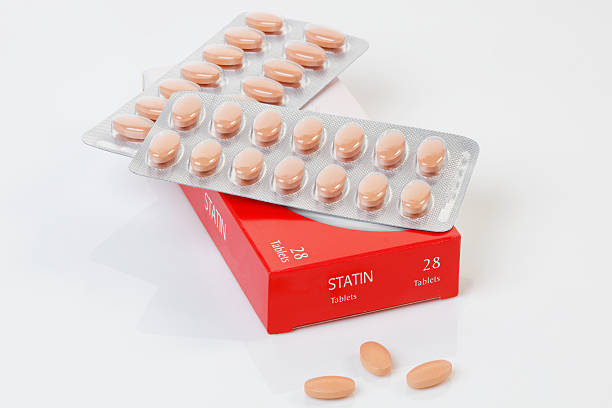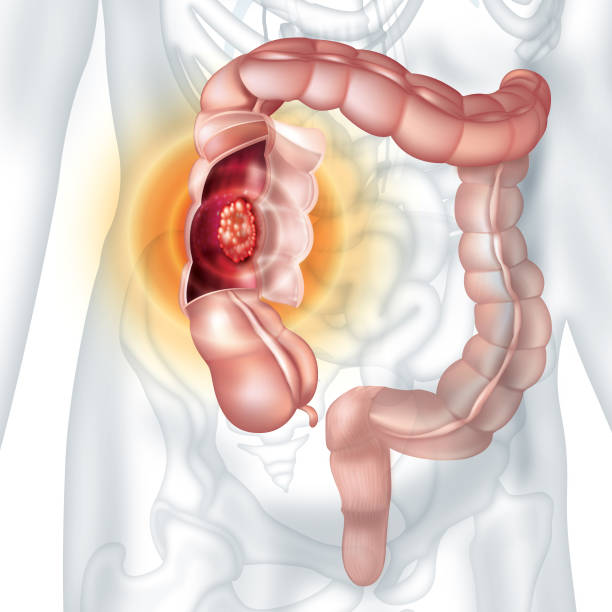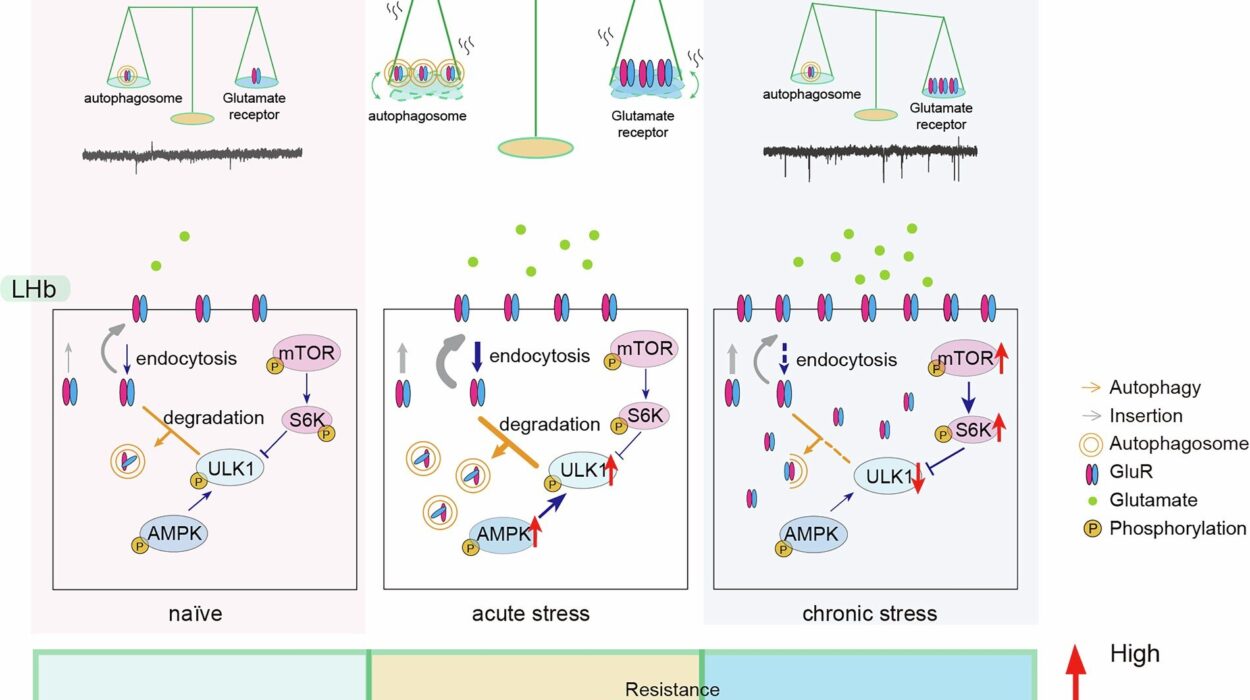Sepsis is a life-threatening condition that occurs when the body’s immune system overreacts to an infection. In response to the infection, the immune system releases an overwhelming amount of inflammatory chemicals into the bloodstream. This out-of-control response can cause widespread tissue damage, organ failure, and even death. Sepsis is considered a medical emergency, and if not treated promptly, it can be fatal.
Each year, in the United States alone, approximately 750,000 patients are hospitalized for sepsis, and of those, roughly 27% will die. That makes sepsis one of the leading causes of death in hospitals worldwide. In many cases, sepsis progresses into septic shock, a severe form of sepsis where the body experiences a drastic drop in blood pressure, preventing vital organs from receiving the blood flow they need. Unfortunately, septic shock carries an even higher risk of death, with mortality rates ranging from 30% to 40%.
The Importance of Early Intervention
The key to surviving sepsis lies in early diagnosis and treatment. Typically, patients with sepsis are given intravenous antibiotics to combat the infection, along with intravenous fluids to stabilize blood pressure. In more severe cases, vasopressors are used to constrict blood vessels and raise blood pressure. While these interventions can significantly improve a patient’s chances of survival, sepsis remains a deadly condition, and there is always a need for better, more effective treatments.
This is where recent research has offered a promising glimmer of hope. A large cohort study published in Frontiers in Immunology has for the first time shown that statins, commonly prescribed for heart disease, may improve survival outcomes for critically ill patients with sepsis.
Statins and Their Unlikely Role in Sepsis Treatment
Statins are most often associated with lowering cholesterol levels in patients with cardiovascular disease. They work by reducing low-density lipoprotein (LDL) cholesterol, commonly known as “bad” cholesterol, while simultaneously increasing high-density lipoprotein (HDL) cholesterol, known as “good” cholesterol. This action has long made statins a cornerstone of cardiovascular disease prevention and treatment. However, recent studies have shown that statins might have additional benefits that extend beyond their effects on cholesterol.
In addition to their cholesterol-lowering properties, statins possess a range of anti-inflammatory, immunomodulatory, antioxidative, and antithrombotic effects. They help mitigate excessive immune responses, restore endothelial function (which is vital for blood vessel health), and even show potential antimicrobial activities. Given these properties, researchers began to explore whether statins could be beneficial in treating inflammatory disorders, including sepsis.
The Study: A Game-Changer in Sepsis Treatment?
The recent study by Dr. Caifeng Li and his team at Tianjin Medical University General Hospital in China analyzed data from the Medical Information Mart for Intensive Care-IV (MIMIC-IV) database. This large, publicly available database contains anonymized health records for over 265,000 patients admitted to the intensive care unit (ICU) at Beth Israel Deaconess Medical Center in Boston between 2008 and 2019. The study focused on adult patients diagnosed with sepsis and hospitalized for more than 24 hours.
The research team compared outcomes for two groups of patients: one group that received statins in addition to standard sepsis treatment, and another group that received standard treatment without statins. In total, 6,070 critically ill sepsis patients who received statins were matched with 6,070 patients who did not. Importantly, the matching was done using a technique known as “propensity score matching,” which reduces the risk of bias by ensuring that both groups were similar in terms of key factors, such as age, comorbidities, and disease severity.
The primary endpoint of the study was 28-day all-cause mortality, while secondary analyses examined other outcomes, including the length of hospital stay, duration of mechanical ventilation (MV), and continuous renal replacement therapy (CRRT).
The Results: Statins Offer Significant Benefit
The results of the study were striking. The 28-day all-cause mortality rate was 14.3% for patients who received statins, compared to 23.4% for those who did not. This represented a 39% relative reduction in the death rate, or a 9.1 percentage-point difference. This suggests that statins could significantly improve the survival chances of critically ill sepsis patients.
While statins appeared to offer a life-saving benefit, there was a tradeoff: patients who received statins required longer durations of mechanical ventilation and continuous renal replacement therapy. Specifically, patients who received statins spent an average of 3 hours longer on mechanical ventilation and 26 hours longer on CRRT. The researchers hypothesized that this delay might represent a balance between reducing mortality and extending the duration of certain intensive care treatments.
Why Statins May Be Effective in Sepsis
The reason why statins seem to benefit sepsis patients likely stems from their ability to counteract the excessive inflammatory response that is characteristic of sepsis. By reducing the overactive immune response, statins help to stabilize blood vessels, prevent clotting, and improve tissue oxygenation, all of which are crucial in fighting sepsis and avoiding organ failure. Additionally, the antioxidative properties of statins may protect cells from damage caused by the inflammatory process.
Another potential benefit of statins is their antimicrobial properties. In sepsis, infections are often the underlying cause, and any treatment that helps to control the infection and improve immune function is likely to improve outcomes. While statins are not antibiotics, their ability to modulate the immune system might help patients better fight off the infection causing the sepsis.
The Need for Larger, Randomized Controlled Trials
While the study’s findings are promising, they are based on observational data, meaning that they cannot definitively prove causality. Unlike randomized controlled trials (RCTs), which randomly assign patients to different treatment groups, observational studies can sometimes be influenced by confounding factors. For example, doctors may be more likely to prescribe statins to certain patients, such as those with a history of cardiovascular disease or those who appear less critically ill, which could introduce bias.
Li and colleagues themselves acknowledged this limitation and pointed out that previous randomized controlled trials on statins in sepsis patients have often failed to show significant benefits. This may be due to factors like small sample sizes or underreporting of sepsis diagnoses in some studies. Moreover, the complex interactions between statin use and patient characteristics have not always been properly accounted for.
To confirm their findings, the researchers called for a large-scale, well-designed randomized controlled trial that could definitively determine whether statins should be used as a standard supplementary treatment for sepsis. Such a trial should include a sufficiently large sample size, detailed information on the types, doses, and duration of statin therapy, as well as precise timing of when statins are initiated in the course of sepsis treatment.
Conclusion: Statins May Open New Doors for Sepsis Treatment
Sepsis is a leading cause of death in hospitals worldwide, and while there are established treatments like antibiotics and vasopressors, there is always a need for new, more effective therapies. The promising findings from Dr. Li’s study suggest that statins, which are already widely used for cardiovascular diseases, could provide a novel, cost-effective way to improve survival rates for critically ill sepsis patients.
Although more rigorous, randomized clinical trials are needed to confirm the results, these preliminary findings raise hope that statins could play a vital role in managing sepsis. As the medical community continues to search for better treatments, statins could represent a breakthrough in the fight against one of the most deadly conditions in modern healthcare.
The prospect of a common, widely available drug offering a significant reduction in mortality for sepsis patients is exciting, and it highlights the importance of continually reassessing existing treatments for their potential applications in new areas of medicine.
Reference: Statin use during Intensive Care Unit Stay Is Associated with Improved Clinical Outcomes in Critically Ill Patients with Sepsis: A Cohort Study, Frontiers in Immunology (2025). DOI: 10.3389/fimmu.2025.1537172






